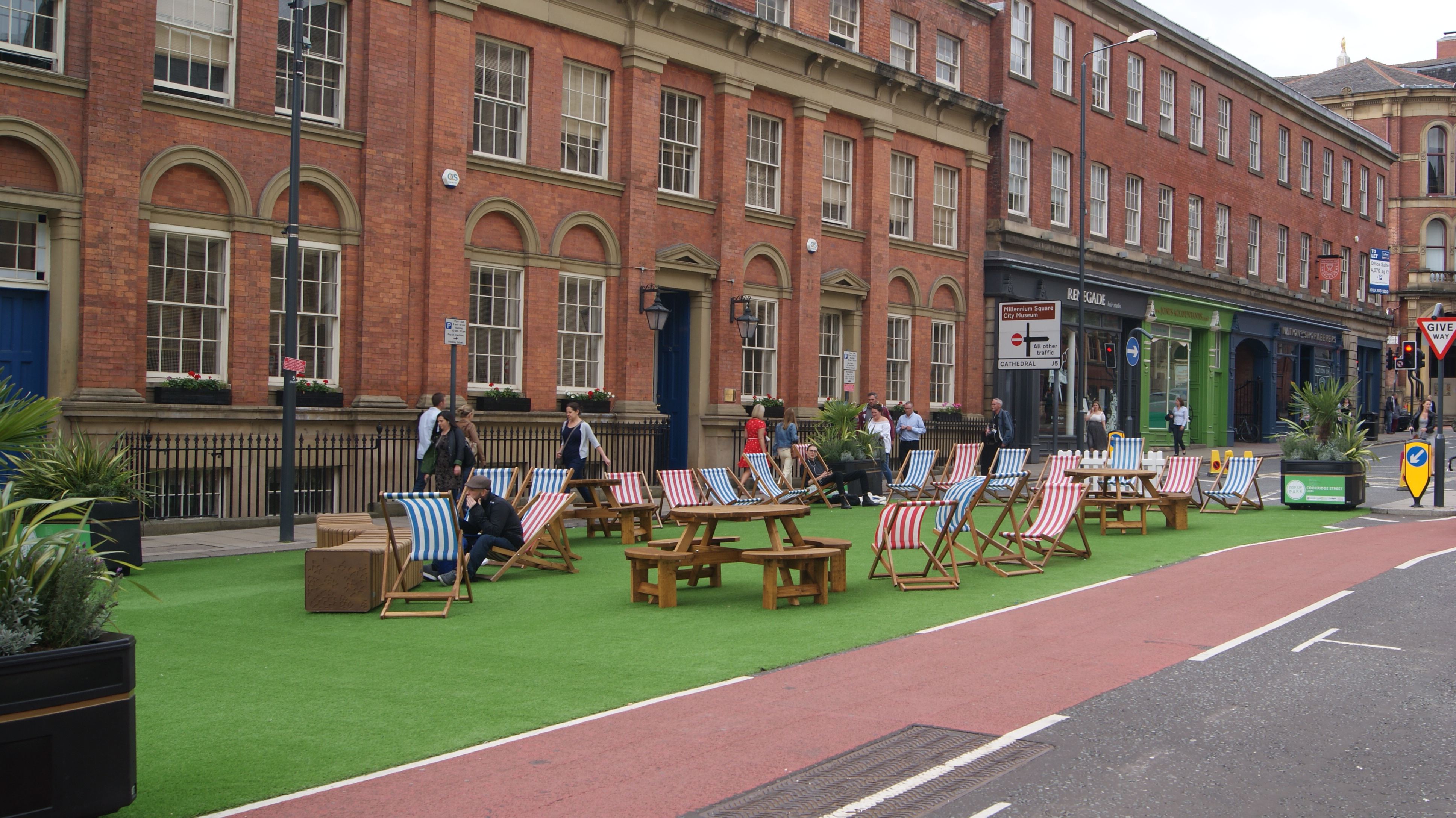Pop-up parks that provide instant open areas for public use and programming can revitalize under-utilized spaces and add vibrancy to neighborhoods.
Some of these spaces may have originally been used as parking lots or become abandoned after a fire destroyed a structure on the property.
These repurposed public spaces can accelerate real estate development, spur more vitality in emerging neighborhoods, support businesses, and foster safe pedestrian zones.
Some developers have used these spaces to their advantage. For example, a 10,000-sf pop-up park in The Boro in Tysons, Va., attracted neighbors to learn more about The Boro and Tyson’s rapid growth.
Regular visitors to the park include nearby employees, children’s day care centers, and dogs. The park has hosted farmers markets, yoga, and social events.
Related Stories
Urban Planning | Jan 4, 2016
The next boomtown? Construction and redevelopment sizzle in San Diego
The city's emission-reduction plan could drive influx into downtown
Urban Planning | Dec 21, 2015
Addressing urban density with design
How does success in managing density begin? By being design friendly to everyone, writes Jessica K. Lucyshyn of GS&P.
Urban Planning | Dec 7, 2015
Handbook for design, construction, maintenance of permeable pavements released
Supports sustainable solution to stormwater and urban runoff.










